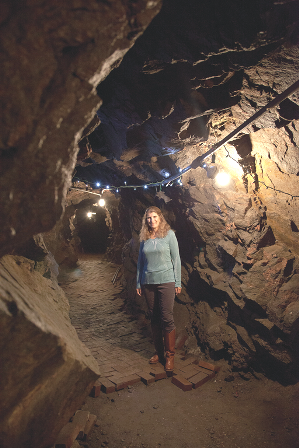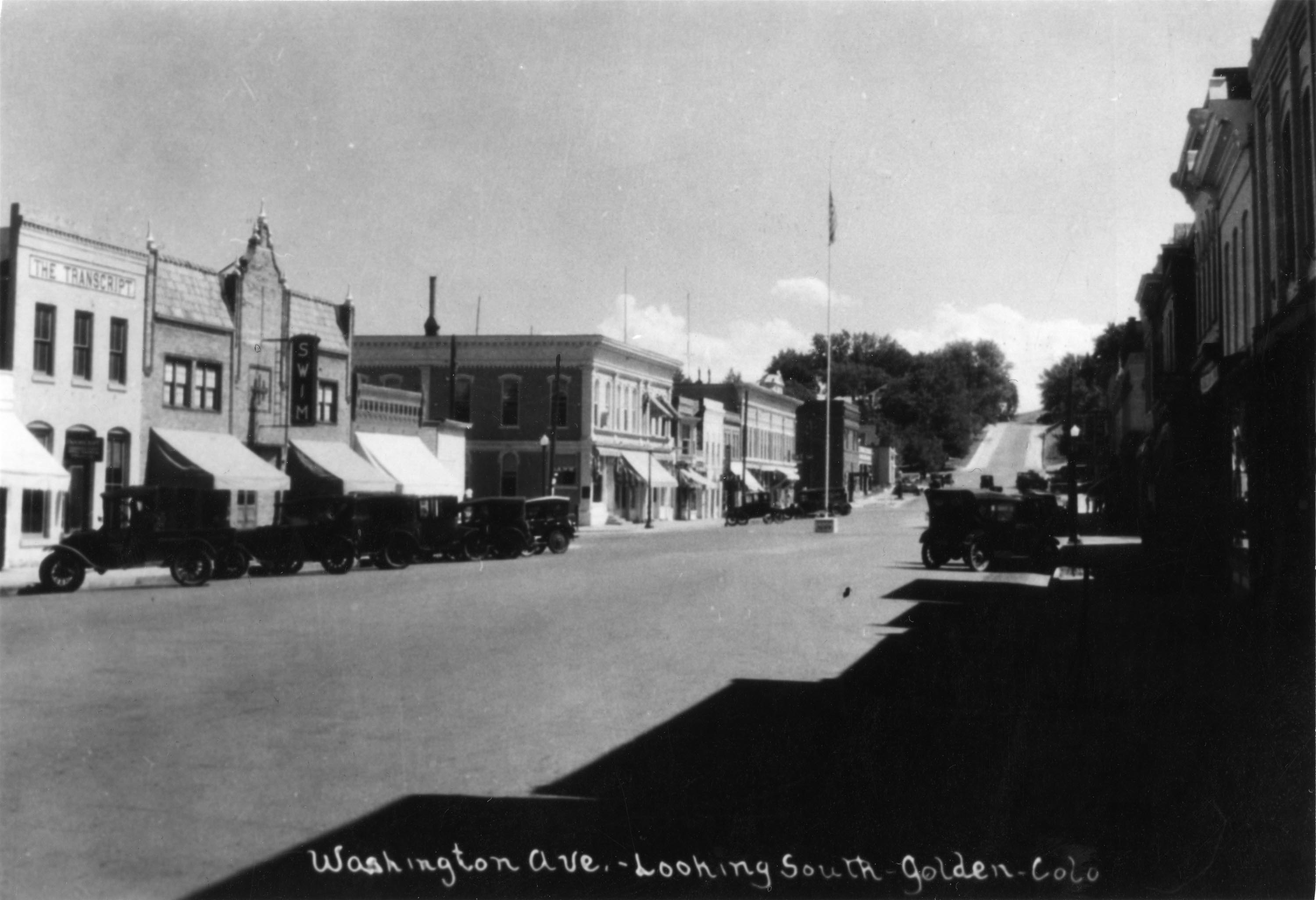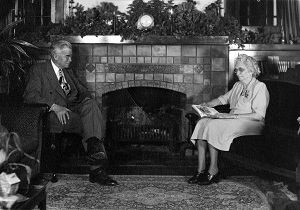A Lasting Showpiece: Guggenheim Hall’s legacy after more than 100 years on campus
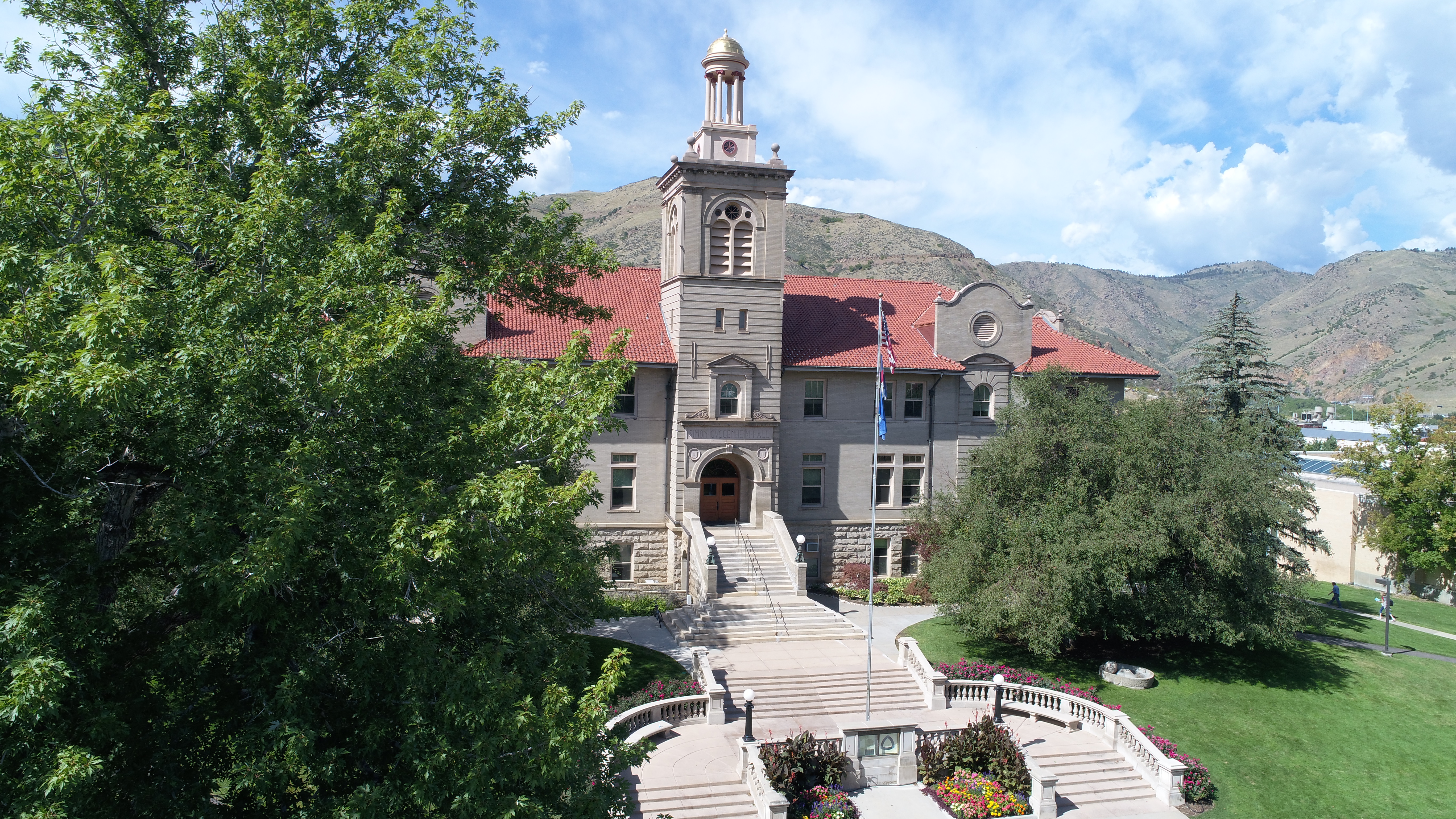
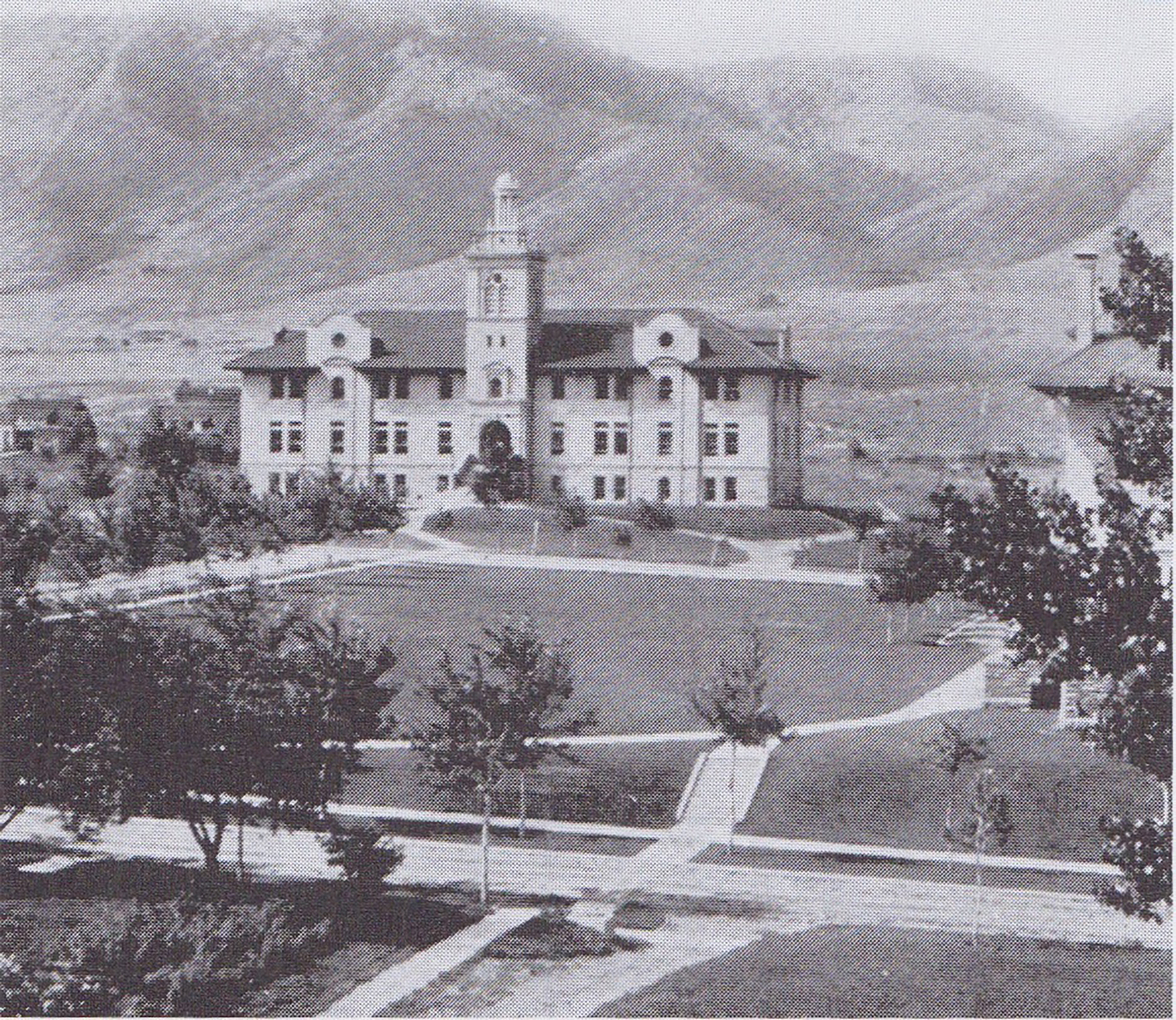
With a radiant gold-leafed dome atop its bell tower, a terra-cotta roof and stone foundation, Guggenheim Hall has been a landmark at Mines for over 100 years. A structure that has housed events and classrooms, a public museum and a library over the years, Guggenheim Hall has evolved from an all-purpose building in the early 1900s to the iconic administrative space it is today.
Back in 1905, Simon Guggenheim, a wealthy philanthropist with a passion for higher education, made a generous gift to Mines. His $90,000 donation—the largest private donation received by a Colorado public institution at the time—resulted in the construction of the eye-catching building that has become a symbol of Mines and a landmark of the community.
Given that the Guggenheim family fortune was made in the mining and smelting industries, a donation to Mines seemed the perfect fit. Around the time of his initial donation to Mines, Guggenheim also made other significant contributions to fund buildings at the State Teacher’s College, the Colorado Agricultural College and the University of Colorado.
Mines held a cornerstone-laying ceremony on Oct. 2, 1905, and Guggenheim Hall—designed by architect James Murdock—was officially dedicated a year later on Oct. 17, 1906. The Golden Transcript wrote that business in the city would likely be suspended in honor of the ceremony.
During Commencement in 1906, Mines President Victor C. Alderson announced that Guggenheim had donated an additional $10,000 to help furnish the hall. At the time, there were only five other buildings on campus: Jarvis Hall (Mines’ first building); Chemistry Hall, aka “Old Main;” Engineering Hall; the Assay Building; and Stratton Hall.
Guggenheim Hall was certainly a standout addition to campus. “Clearly, given the other buildings that were on campus—we had these huge massive brick and stone buildings with some architectural detail—this one was outright fancy for the time,” said Lisa Dunn, special collections manager at Arthur Lakes Library. “This was the elegant building.”
She said the hall was primarily all-purpose when it was first built but turned into office space as the century passed.
In its early life, the hall provided a home for a large public museum and the geology, geophysics and mineralogy departments on the first floor; space for the library and president’s offices on the second floor; and an auditorium, lecture rooms and the Department of Mathematics on the third floor.
The building’s foundation started to settle quickly after its completion, said Chris Cocallas, university architect and executive director for capital planning and design. In the 1920s, Guggenheim donated additional funds to reinforce the bell tower and install a drainage system to stabilize the foundation.
“My guess is that the building got used in its original state for quite a long time–from the time they built it to maybe the 1960s,” Cocallas said. “At that time, people were more comfortable in environments that may not be what we are used to today. The 1960s, I think, is when they added the cooling system; that’s when they did mechanical and electrical updates to make it a modern building for the time.”
The updates made in the 1960s and 1970s are most of what we see in Guggenheim Hall today. “We’ve changed things here and there over the last 10 years,” Cocallas said. “Nothing major though, a wall here, a wall there.”
However, much of the surrounding exterior of the building has changed to allow for an expanding campus. The sidewalk that now runs east to west through Kafadar Commons was originally a dirt road, and while the original bell no longer hangs in the tower, an electrical tone still rings every hour on the hour.
The front of Guggenheim Hall remains similar to its original state, while the rear is very different. “In earlier pictures, you see a stairway going up from the west entrance, similar to the other side,” Cocallas said. “At some point they raised up the grade and leveled it.”
Even with a handful of repairs and restorations, Guggenheim Hall remains “a remarkable display of the impact of mineral wealth in Colorado at the turn of the last century,” according to the Colorado Cultural Resource Survey’s Architectural Inventory Form. “It is a symbol of the Colorado School of Mines’ position as a benefactor institution for such minerals-industry magnates as Simon Guggenheim.”
Still a hallmark building on campus, many recognize the symbolic Guggenheim bell tower as a reminder of Mines’ rich history, more than a century later.
Do you want to help us tell Mines’ stories? If you have photos, small artifacts, programs or any other related relics you would like to share, contact Lisa Dunn in Arthur Lakes Library at 303-273-3687 or [email protected].

